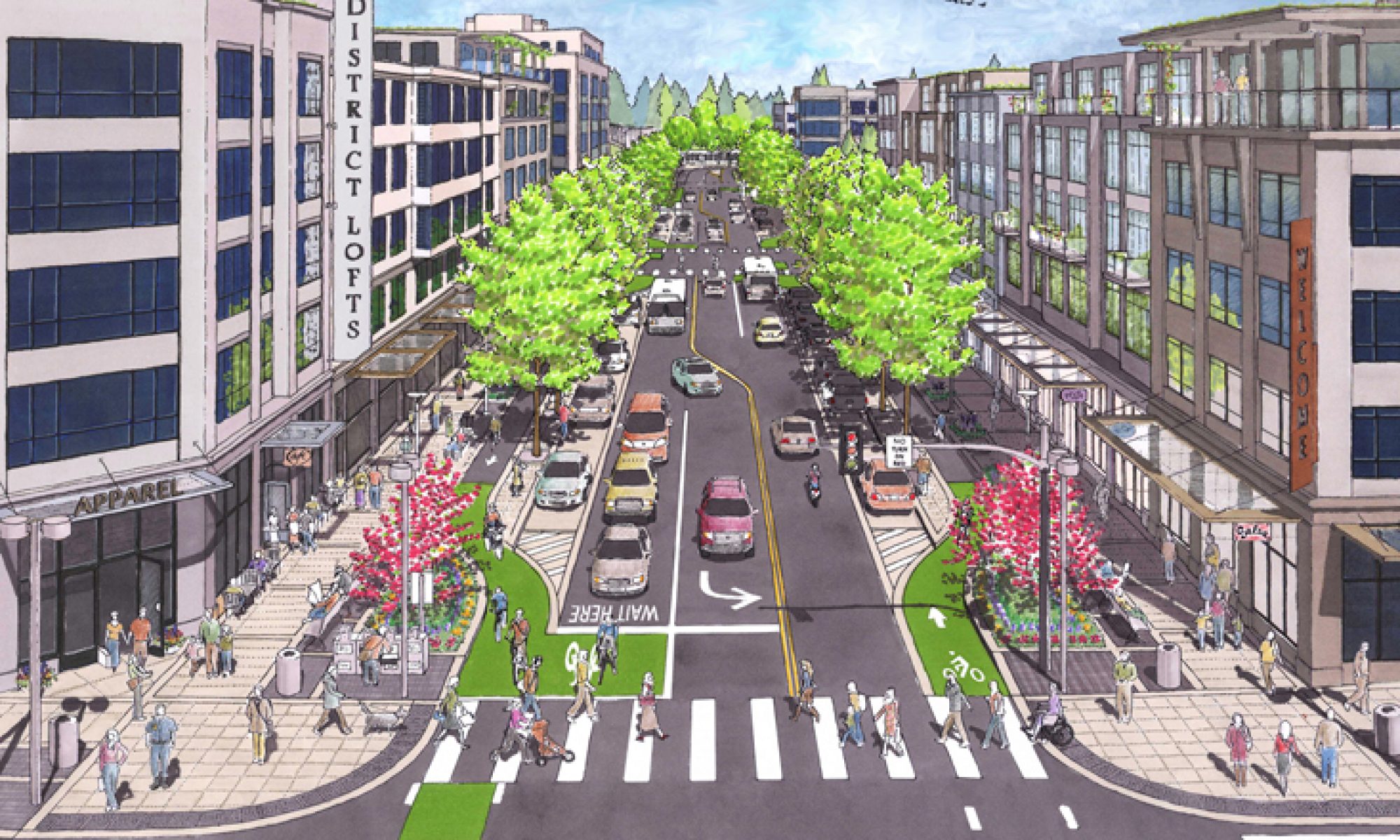Lawmakers support slowing vehicle speeds and often emphasizes the need to enforce speed limits. In the interest of Vision Zero, all over the nation cities are implementing strategies like lowering speed limits and improved infrastructure to reduce and eliminate traffic fatalities, but enforcement too often disproportionately targets people of color. APCSC focuses on equity in transportation and we are aware that education must be a main component for success in safe streets for everyone.
“According to the Oregonian, commissioner Nick Fish said the new 20-mph policy was a good start, but should be paired with police enforcement.
“There’s a big education piece, and there’s a huge enforcement piece,” he said. “Some people are not getting the message right now.”
Increased police enforcement, however, is one of Vision Zero’s more controversial components. As Josh Cohen wrote for Next City in 2016:
Equity-minded safer streets advocates have criticized Vision Zero’s emphasis on traffic enforcement because people of color get stopped by police at disproportionate rates to white people (a problem prevalent in Portland). And, as the high-profile deaths of Philando Castile, Walter Scott, Terence Crutcher and many others illustrate, those traffic stops can escalate in fatal ways. So there is concern that Vision Zero traffic enforcement could have unintended consequences in communities of color.”
Read more…










 ““What bad weather does is exacerbate the mobility problems that people experience in a city under normal conditions,” says Brent Toderian, founder of
““What bad weather does is exacerbate the mobility problems that people experience in a city under normal conditions,” says Brent Toderian, founder of 